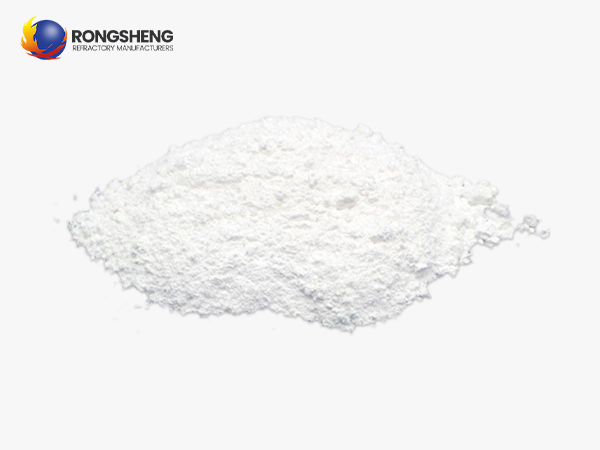Description of Zirconia Powder
Zirconia powder is the basic material of making zirconia special ceramics, advanced refractory production, optical communication equipment, new energy material. As the raw material of key materials of cutting-edge technology, the application of high purity ultrafine composite zirconia powder is expanding. It has low temperature sintering, zirconium components made of high hardness, good strength, good whiteness.
Yttrium Stabilized Polycrystalline Ultrafine Zirconia Powder(YSZ)
| Item |
Classification |
| 3YZ-TPZ |
5YZ-TPZ |
8YZ-TPZ |
| ZrO2 wt% |
84.3~84.7 |
90.6~91.0 |
86~86.4 |
| Y2O3 wt% |
5.18~5.22 |
8.6~9.0 |
13.3~13.7 |
| Al2O3 ppm |
<100 |
0.05~0.45(wt%) |
0.05~0.45(wt%) |
| Fe2O3 ppm |
<50 |
<50 |
<50 |
| SiO2 ppm |
<200 |
<200 |
<200 |
| TiO2 ppm |
<50 |
<50 |
<50 |
| Na2O ppm |
<50 |
<50 |
<50 |
| K2O ppm |
<100 |
<100 |
<100 |
| CeO ppm |
<100 |
<100 |
<100 |
| MgO ppm |
<100 |
<100 |
<100 |
| Cr ppm |
<500 |
<500 |
<500 |
| BET m2/g |
5~30 |
10~32 |
10~32 |
| Granularity D50 μm |
<0.5 |
| PH |
6.5 |
| Apparent Density g/cm3 |
1.15~1.25 |
Partially Stabilized Zirconia(PSZ)and Zirconia Toughened Alumina(ZTA)
| Item |
Specification |
| Ce13 |
Ce85 |
ZTA20 |
ZTA30 |
| ZrO2 wt% |
86~88 |
13.5~14.5 |
18~20 |
27.4~29.4 |
| Y2O3 wt% |
/ |
/ |
1~1.2 |
1.4~1.6 |
| CaO % |
<0.01 |
| MgO % |
<0.01 |
| CeO2 % |
12~14 |
84.5~85.5 |
/ |
/ |
| Al2O3 % |
<0.01 |
79.5~80.5 |
69.5~70.5 |
| SiO2 % |
<0.015 |
| Fe2O3 % |
<0.002 |
| TiO2 % |
<0.005 |
| Na2O % |
<0.001 |
| Cr % |
<0.02 |
| D50 μm |
0.5~1 |
| Lgloss % |
<1.0 |
High Purity Ultrafine Zirconia Powder(ZTA)
| Item |
Specification |
| ZrO2 wt% |
≥99.7 |
| Y2O3 wt% |
/ |
| Al2O3 ppm |
<100 |
| Fe2O3 ppm |
<50 |
| SiO2 ppm |
<200 |
| TiO2 ppm |
<100 |
| Na2O ppm |
<50 |
| K2O ppm |
<100 |
| CeO ppm |
<100 |
| MgO ppm |
<100 |
| Cr ppm |
<500 |
| BET m2/g |
5~15 |
| Granularity D50 μm |
<0.5 |
| PH |
6.5 |
| Apparent Density g/cm3 |
0.5~1.0 |
Applications
● Structural ceramics: manufacturing high-strength and high-toughness ceramic parts.
● Functional ceramics: manufacturing electronic ceramics, piezoelectric ceramics and thermoelectric ceramics, etc.
● Biomedicine: manufacturing dental materials and medical devices.
● Electronics: manufacturing electronic components such as capacitors and sensors.
● Coatings: manufacturing thermal barrier coatings and wear-resistant coatings.

